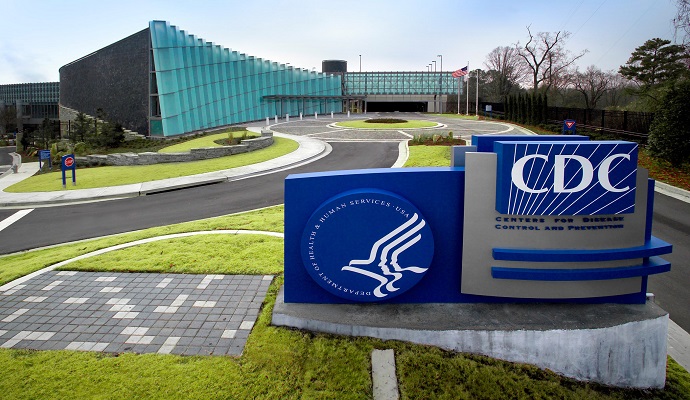CDC to Expand Wastewater Monitoring for COVID-19 Through Analytics Collab
The CDC and Biobot Analytics are partnering to expand the National Wastewater Surveillance System that can help track the spread of COVID-19.

Source: James Gathany, Centers for Disease Control and Prevention
- The Centers for Disease Control and Prevention (CDC) and wastewater epidemiology company Biobot Analytics have announced a partnership to expand the National Wastewater Surveillance System (NWSS), which supports the public health response to COVID-19.
The NWSS was launched in September 2020 to bolster the nation’s ability to track SARS-CoV-2, the virus that causes COVID-19, in wastewater samples from across the US. People infected with the virus can shed viral RNA in their feces, which can be detected in wastewater or sewage. By tracking the presence of the RNA, wastewater surveillance can serve as a warning sign that COVID-19 is spreading in a community and allow health departments to respond.
Over the next year, the CDC and Biobot Analytics will work to gather and analyze wastewater from 500 communities across the country. Biobot Analytics has previously partnered with the US Department of Health and Human Services (HHS) to make wastewater monitoring more accessible for states, territories, and tribal nations.
Effective wastewater surveillance can be challenging because the process relies on coordination at the local, state, and federal levels. Under the NWSS framework, wastewater from sewersheds is collected as it flows into treatment plants. The collected samples are sent to laboratories equipped for SARS-CoV-2 testing, and health departments then submit the results to the CDC through the online NWSS Data Collation and Integration for Public Health Event Response (DCIPHER) portal.
DCIPHER analyzes the data and reports the results back to the health department for use in their COVID-19 response.
Despite the challenges, wastewater surveillance is an integral part of COVID-19 tracking. In an opinion article for CNN, Ashish Jha, MD, the White House Covid-19 Response Coordinator, wrote that strengthening our COVID-19 surveillance systems is necessary, including “expanding wastewater surveillance, which can give us early insights into rising case rates and help us track infections in the community.”
"We're thrilled that the CDC, with support from Congress and the [Biden] Administration, recognizes the tremendous value of wastewater monitoring and has expanded the country's efforts. This program will allow hundreds of local communities to benefit from this novel technology, and we're proud to be the U.S. government's trusted partner in this deployment," said Newsha Ghaeli, Biobot Analytics’ president and cofounder, in the press release.
This partnership comes less than a month after the announcement that the CDC and Palantir would extend their 10-year partnership to address outbreak response and disease surveillance through DCIPHER.
DCIPHER is a cloud-based platform used to collect, collate, share, and link various public health and outbreak data sources. It is designed to facilitate data interpretation and inform public health decisions, and it is used by programs at all levels of government across the country.
As part of the CDC and Palantir’s collaboration, some programs that use DCIPHER are leveraging Palantir’s Foundry platform to help them integrate data, conduct data analysis, and create operational public health workflows. Palantir Foundry is also used by several federal health agencies other than the CDC, including the Food and Drug Administration (FDA) and the National Institutes of Health (NIH).
